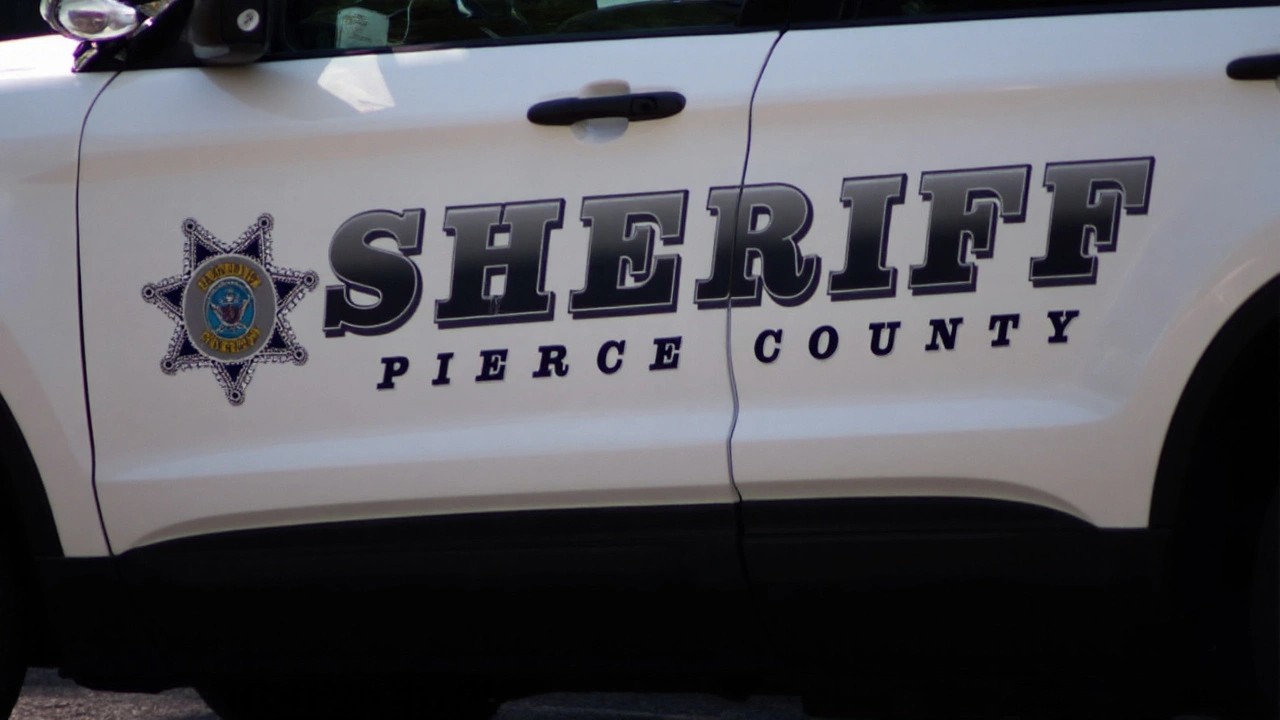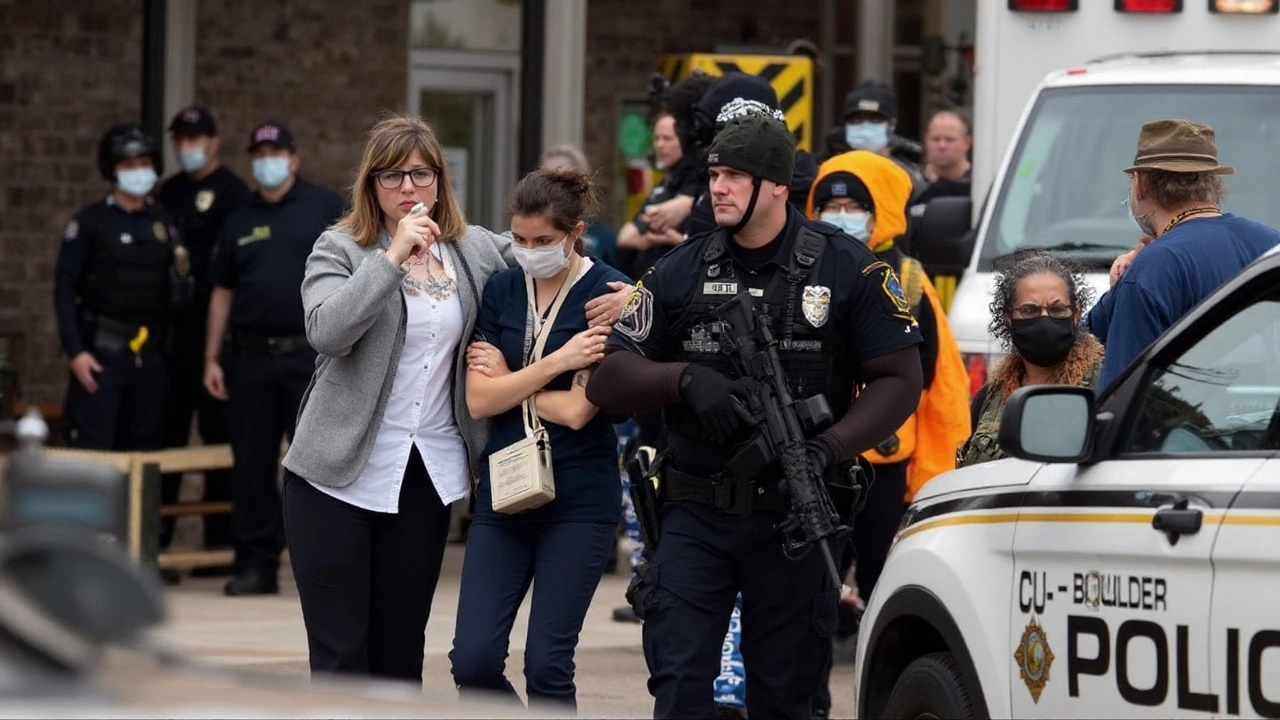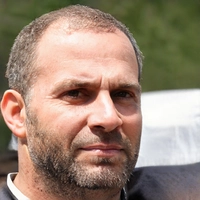When the alert hit phones across Colorado that 10 people were killed at a Boulder King Soopers, it echoed a script locals know too well. The victims included a veteran police officer who ran toward danger. The suspect, 21-year-old Ahmad Al Aliwi Alissa, opened fire in the middle of the afternoon. Within minutes, the scene joined a painful roster that stretches back more than two decades. That phrase—Colorado mass shootings—isn’t just a Google search. It’s a grim part of the state’s modern identity.
The Boulder attack came less than a week after eight people were killed at Atlanta-area spas, and it immediately reignited a national fight over guns. Colorado sits at the center of it: a state with universal background checks and a 15-round magazine limit, but also permissive open-carry rules in many places and no statewide assault weapons ban. Advocates say the system is still full of holes. Gun-rights groups argue new restrictions miss the point and punish law-abiding owners. The gap between those positions has defined Colorado’s policy swings since Columbine.
From Columbine to Aurora: a throughline of trauma
Columbine was the rupture point. In April 1999, two students murdered 12 classmates and a teacher at Columbine High School, then killed themselves. SWAT tactics changed after that attack, with police nationwide shifting from slow perimeter setups to immediate entry by smaller “contact teams.” Schools adopted lockdown drills, the term “school resource officer” went mainstream, and Colorado voters soon approved background checks for gun-show sales.
Thirteen years later, Aurora became another national marker. A gunman opened fire at a midnight movie in 2012, killing 12 and wounding 70. Survivors described a dark theater, blaring sound, and no clear way out. The symbolism—ordinary life upended in a place meant for escape—hit the country hard. In Colorado’s Capitol, the aftermath produced two major 2013 laws: universal background checks on most private sales and a limit on magazines over 15 rounds. Both are still on the books.
There were other deadly chapters that didn’t dominate headlines the same way, but they shaped local policy and public memory.
- 2007: A gunman targeted a Youth With A Mission center in Arvada and New Life Church in Colorado Springs hours apart, killing four before an armed volunteer intervened.
- 2015: A shooter attacked a Planned Parenthood clinic in Colorado Springs, killing three and wounding nine. The siege lasted hours.
- 2019: At STEM School Highlands Ranch, a student was killed while rushing a shooter; eight others were injured. The school day ended with teenagers filing past crime tape.
- 2021: In Boulder, 10 people were killed at a King Soopers, including Officer Eric Talley, a father of seven and the first to engage the attacker.
- 2021: A gunman moved between Denver and Lakewood, killing five people in a targeted spree.
- 2021: In Olde Town Arvada, a good Samaritan shot the attacker who had just killed a police officer; responding officers then fatally shot the good Samaritan, mistaking him for the assailant.
- 2022: At Club Q in Colorado Springs, five people were killed and 17 wounded by gunfire before patrons tackled and disarmed the attacker.
Layer these events and a pattern emerges: schools, a movie theater, a church, a clinic, a grocery store, a nightclub—places where people expected to be safe. Over time, security culture shifted. School and workplace drills are routine. “Stop the Bleed” kits sit near defibrillators. Officers train for rapid solo entry. None of it erases the losses, but it changes what happens in the first minutes, when outcomes are decided.

Policy whiplash: what changed—and what didn’t
Colorado’s laws today are a patchwork born of tragedy, court fights, and local control. The Giffords Law Center, founded by former Congresswoman Gabrielle Giffords, gives the state a C+ on its gun safety scorecard—better than many neighbors, short of the strictest states.
Here’s what’s in place statewide. Colorado requires universal background checks on most gun transfers. It caps magazines at 15 rounds. The state’s red-flag law took effect in 2020, allowing judges to issue Extreme Risk Protection Orders to temporarily remove firearms from people deemed a threat to themselves or others. Lawmakers later expanded who can file those petitions and funded outreach so police and families know when and how to use it. Starting in 2023, Colorado added a three-day waiting period for most firearm purchases, raised the minimum purchase age for many guns to 21, and opened a path to sue bad actors in the gun industry under state consumer protections.
Open carry is generally allowed in Colorado unless a city or county says otherwise. For years, local governments couldn’t go beyond state law. That changed after Boulder’s 2018 local ban on assault-style rifles and large magazines was struck down under state preemption—just days before the King Soopers shooting. In 2021, lawmakers repealed preemption, letting cities pass stricter rules. Boulder, Louisville, Superior, and others moved fast to reinstate local bans on certain semiautomatic rifles, restrict open carry in public buildings and parks, and create sensitive places where firearms are off-limits.
Advocates see those steps as progress with room to grow. They want a statewide assault weapons law, mandatory gun owner licensing and training, and a longer waiting period. They also push safe-storage enforcement and universal lost-and-stolen reporting to curb trafficking. Gun-rights groups counter that bans target popular firearms used by millions for sport and defense. They argue lawmakers should focus on violent offenders, better mental health care, and consistent prosecution rather than new restrictions that criminals will ignore.
What about results? Red-flag use was hesitant at first—some sheriffs publicly opposed it—but petitions and approvals have climbed as agencies built policies and judges gained familiarity. School threat assessment teams, which barely existed 15 years ago, now operate in districts across the state, flagging students in crisis and steering them toward help or intervention. After Club Q, police agencies renewed training on cross-agency coordination for fast-moving, multi-victim scenes.
One truth often lost in the headlines: most gun deaths in Colorado are suicides, not mass shootings. Public health officials point to safe storage, extreme risk orders, and waiting periods as tools that can lower that toll. Mass shootings account for a fraction of overall gun violence but carry an outsized public impact because they target communal spaces and force communities to relive trauma in a loop.
The federal picture hasn’t moved as far. Congress passed the Bipartisan Safer Communities Act in 2022, which tightened background checks for buyers under 21, funded crisis intervention programs like red-flag laws, and narrowed the so-called boyfriend loophole in domestic violence cases. But there’s no federal assault weapons ban, no national licensing, and no universal waiting period. That leaves states like Colorado to decide how far to go—and forces neighbors to live with different rules across county lines.
Back in Boulder, the questions feel maddeningly familiar. How did the shooter get the gun? What warning signs were missed? Could a local ban, a court order, or a waiting period have changed the timing or the choice of weapon? Families want accountability, not just policy talk. And they want something else too—space to grieve without watching the debate turn into a proxy war on social media.
Colorado has learned hard lessons: rapid police entry saves lives, community members can and do stop attackers, and laws only work if people use them. Yet the sense of déjà vu is real. Each new case adds names to a list no one wants to memorize. Each one also resets the fight over what safety should look like in a state that knows the stakes.

